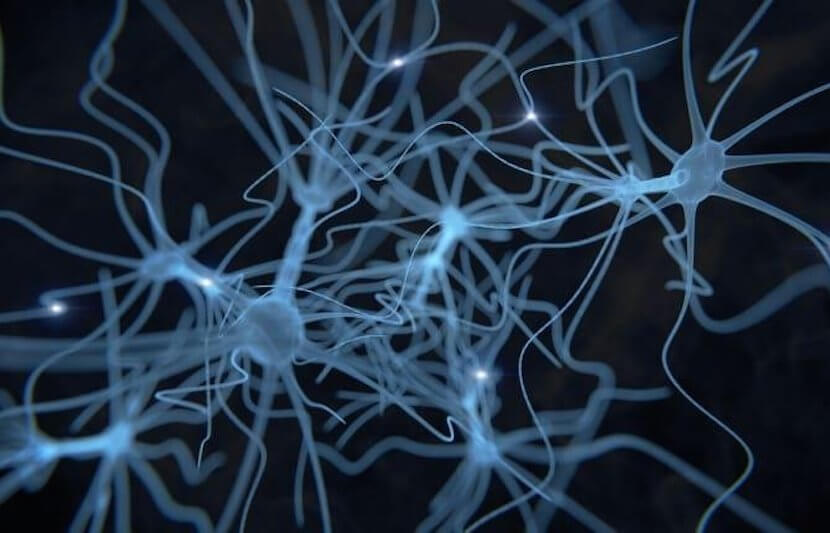University of Minnesota researchers recently discovered that the movement of cancer cells is dependent on their ability to sense the condition of their environment.
The research was led by David Odde, a biomedical engineering professor at the University of Minnesota and Masonic Cancer Center researcher. The discovery could be the major breakthrough that everyone is waiting for, since it has the potential to prevent the spread of cancer cells.
You can read the full study published in Nature Communications.
What did the researchers find?
Remember the story of Goldilocks and the three bears from when you were a child? She couldn’t sleep until she found the right bed, which was “neither too hard, nor too soft.”
Well, Odde and his team found that the cells in our bodies also need an ideal environment, but for movement in their case.
“Cells are a little like the storybook character Goldilocks. They don’t like their environment too hard or too soft—it needs to be just right or they won’t move,” Odde said in a statement.
Cancer cells can sense the stiffness in their environment, whether it’s hard like bone tissue, soft like fatty tissue, or somewhere in the middle like muscle tissue, so their movement could be controlled and channelled.
“If we can trick cancer cells into believing it is not a good environment for migration, we can prevent the cancer cells from spreading,” Odde said in a statement.
We can also look at it another way. If cancer cells can be prevented from spreading, normal cells could be steered to areas that need regeneration.
“With adult stem cell therapy, we want to find the ‘sweet spot’ to encourage the cells to move to the damaged or unhealthy tissue to restore lost function,” Odde said in a statement.
In their study, Odde and his team compared cancer cells from human brain to normal cells from embryonic chick brains.
They conducted 5 different experiments involving environments with 6 different stiffness levels, and found that the cancer cells had a significantly higher “sweet spot” stiffness.
The researchers also found that cells are just like automobiles.
The motors in the cells produce force and the clutch transfers the force to parts that grip the tissue in their path. Just as cars can go faster on a smooth road with wheels having a tighter trip on the road, cells can move into higher gear, when the environment is sufficiently stiff, so the motor spins faster and the clutch transfers more force to the parts that get more grip.
When the researchers tested two different cancer drugs on cancer cells, they found that the combination of the drugs inhibited the motor and clutch functions of the cancer cells, thereby inhibiting their movement.
While motor-inhibiting and clutch-inhibiting drugs for humans are still being developed, Odde is of the opinion that they have the potential to extend the lives of cancer patients and more research is needed in the area.
Odde used his engineering background in the study, which is not the norm.
“We brought an engineer’s perspective to a biological problem that will hopefully have a medical benefit,” Odde said in a statement.
“We used a math and physics-based approach to building models and testing experimentally. This is not typical in cell biology, but it was effective for us.”
Although it is unusual, Odde told TUN that it was natural for him to use an engineer’s perspective in the study given his background in chemical engineering.
When asked as to when the study would become a viable solution for cancer treatment, Odde was uncertain. But TUN was told that the research team is exploring various potential applications.
“We are looking at a number of potential applications for cancer diagnostics that could impact the clinic even with existing drugs, possibly repurposing some and better utilizing others,” said Odde.
“Longer-term, we hope to identify novel therapeutic agents as well.”
The team’s findings could be pivotal to regenerative treatment and improvement of vaccines.
“Understanding how cells migrate in soft environments has potential also to help achieve better delivery of therapeutic stem cells and cells for cancer immunotherapy to the appropriate locations in the body,” Odde told TUN.



